Interstellar Visitor ʻOumuamua Was Shaped By Cosmic Particles

There’s nothing new, recent, or remarkable about it. It’s just a typical cosmic pebble in the galactic ocean.
Last year, the interstellar interloper ʻOumuamua passed through the inner Solar System. Originally thought to be a comet, then later an asteroid, this visitor turned out to have properties unlike any object ever seen before. It moved far too quickly and from too inclined an angle to originate from within our Solar System; neither Jupiter nor Neptune nor an Oort cloud object could have flung it inwards with those properties. When we examined it in detail, it appeared to have a carbon-based coating over an icy interior, yet sprouted no tail, despite reaching temperatures of 550 °F (290 °C). Oddest of all, it was cigar-shaped, approximately eight times as long as it was wide. While many origin theories have been proposed, an incredibly simple possibility may provide all the answers: simply traveling through the Milky Way for billions of years may have transformed it into the object we see today.
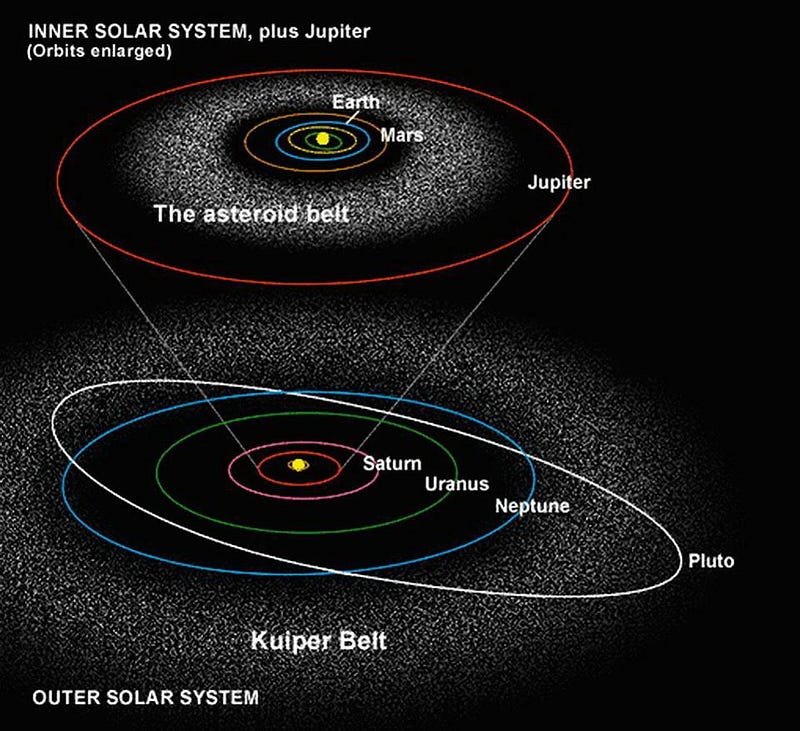
When you look at our Solar System today, you can find the inner, rocky worlds, the outer, gas giant worlds, and then a slew of smaller objects clustered together in four different populations. There are:
- the asteroids, mineral-rich objects formed around the “frost line” between Mars and Jupiter: the border between where the Sun’s radiation will allow the presence of water-ice in full sunlight,
- the Kuiper belt objects, ice-rich objects formed beyond Neptune, which become comets if they travel into the inner Solar System,
- the centaurs, which are hybrid objects found in between Jupiter and Neptune’s orbits,
- and the Oort cloud objects, which lie beyond the Kuiper belt and are remnants from the Solar System’s formation.
While Kuiper belt and Oort cloud objects are similar in composition and countlessly large in number, there were even more of them in the early days of the Solar System’s formation.
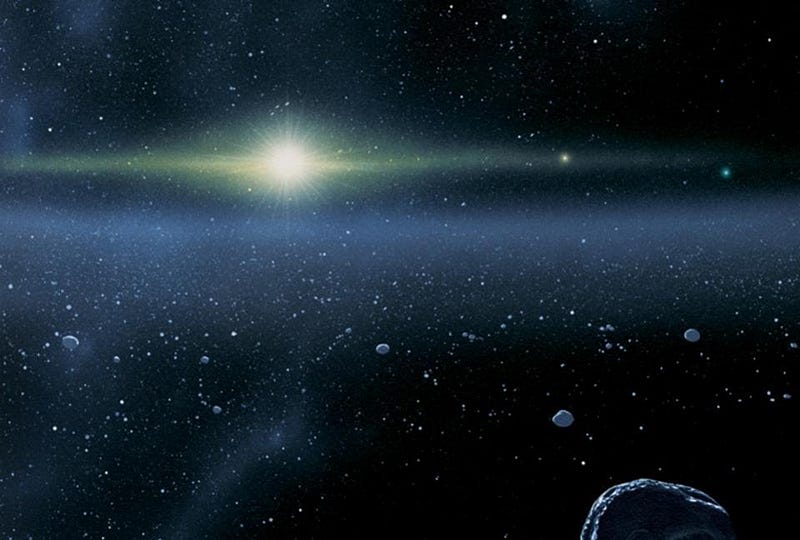
Over billions of years, mutual gravitational interactions between objects, as well as between planets and these objects, hurls enormous numbers of them into interstellar space. For every star we have in our galaxy, we likely have anywhere from thousands to millions of these objects flying through the Universe, unbound to any star. And just as the stars typically move, relative to the Sun, at speeds of around 20 km/s as they orbit the galactic center, so should, on average, the overwhelming majority of these interstellar interlopers.
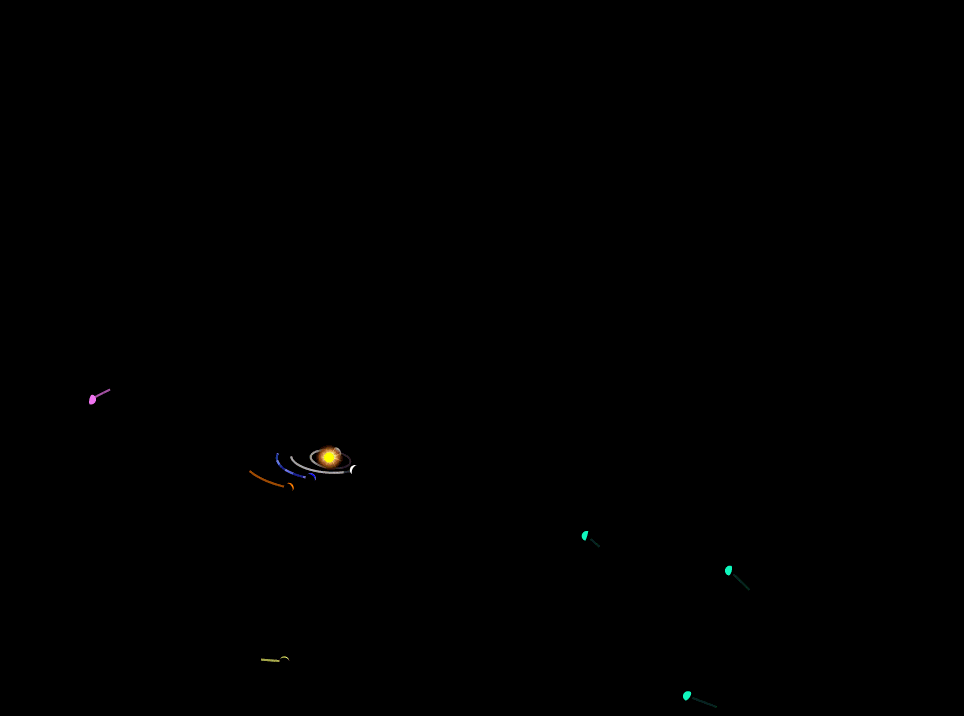
From a certain point of view, it’s astounding that it took so long for us to find the first one! It’s likely that these encounters happen multiple times per year, but it’s rarer that relatively large objects appear so close to our own Sun, something we were able to capture only through the deep, fast, repeated surveying power of Pan-STARRS. As we discovered what it was, repeated and improved observations enabled us to determine its bizarre properties: its tumbling motion, its brightening-and-darkening light curve, its surface and interior composition, and its oddly elongated shape. The tumbling was no surprise, since without a massive object to anchor itself to, there’s no reason for its orbit to regularize about a particular axis, but the other properties were a mystery.

We’ve never seen an interstellar visitor before, so astronomers and astrophysicists are scrambling to explain ʻOumuamua. Some attempt to trace its motion backwards in time, as though the extraordinarily unlikely possibility that this object was recently ejected from a star system was somehow probable. Others seek an explanation as to how such an elongated, carbon-crusted object would likely form in situ, as opposed to either the rubble-pile or solid objects we see overwhelmingly in our own backyard. Yet the most straightforward explanation may be the one that hits all the major points: that this is a common, icy object has been wandering through the galaxy for billions of years, and its interactions with the interstellar medium have worn it down to what we see today.
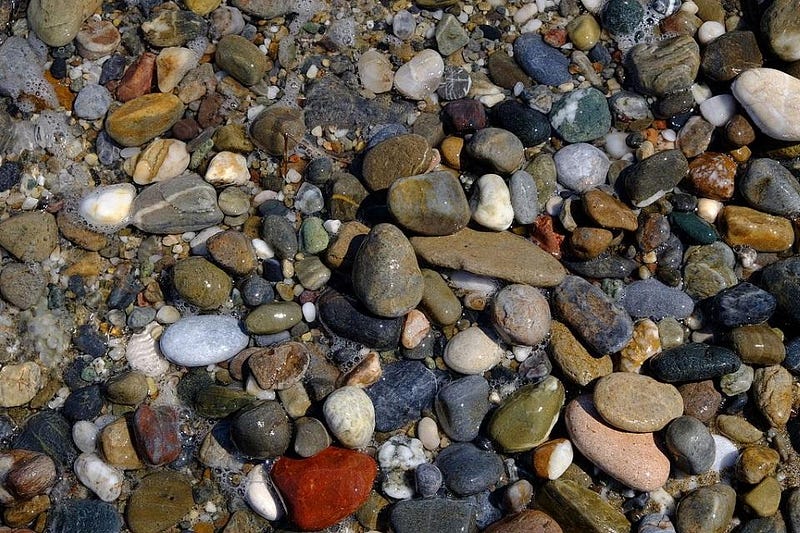
We think of space as being an empty place, but the truth is that there are dust grains, particles, neutral atoms, ions, and cosmic rays zipping through the entirety of the galaxy, even when there are no stars. As an object moves through space, circling the galaxy at hundreds of kilometers per second (and moving relative to most other objects at tens of kilometers per second), it’s constantly bombarded by large numbers of small, fast-moving bits of matter. Just as water and sand will smooth out and erode pebbles and cobbles in the ocean here on our world, the cosmic equivalent — the interstellar medium — will have the same effect over extremely long timescales on ejected icy bodies.
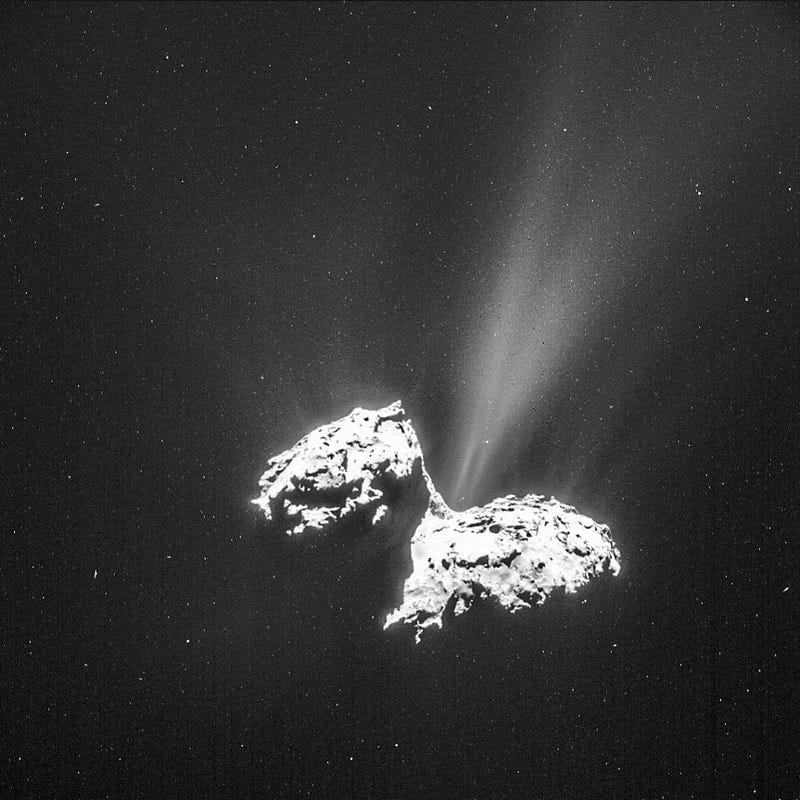
Because objects are rarely spherical, they tend to erode more in one dimension and less in the others, producing elongated, flattened shapes. The lightest molecules are eroded away the fastest, while the heavier ones, or the ones that can react with one another to form a stronger, lattice-like shape, can become bound together. The presence of carbon compounds, bombarded by particles, means they can heat heat up, bind together into more stable molecular configurations, and then freeze over again. This straightforward idea would, over billions of years, produce generically smooth, elongated, carbon-crust-rich bodies from initially icy ones.
https://www.youtube.com/watch?v=Yzha7ji3lsM
Unless they traveled so close to a star that the interior burst out through the crust, we would expect no tails, no comas, and no comet-like behavior. Additionally, after billions of years, most of the external volatiles would have boiled away, just as they do for long-term objects in our Solar System that have been crossing Earth’s orbit for millennia. It may not have an origin any more unusual than your run-of-the-mill Kuiper belt or Oort cloud object; ʻOumuamua may simply have the foreign properties we observe because of a long-term journey through the galaxy. Simulations, improved observations, and greater statistics on this new class of objects will eventually provide the answer, but until that day comes, follow the golden rule of science: never attribute an exotic explanation where a mundane one would suffice.
Ethan Siegel is the author of Beyond the Galaxy and Treknology. You can pre-order his third book, currently in development: the Encyclopaedia Cosmologica.





